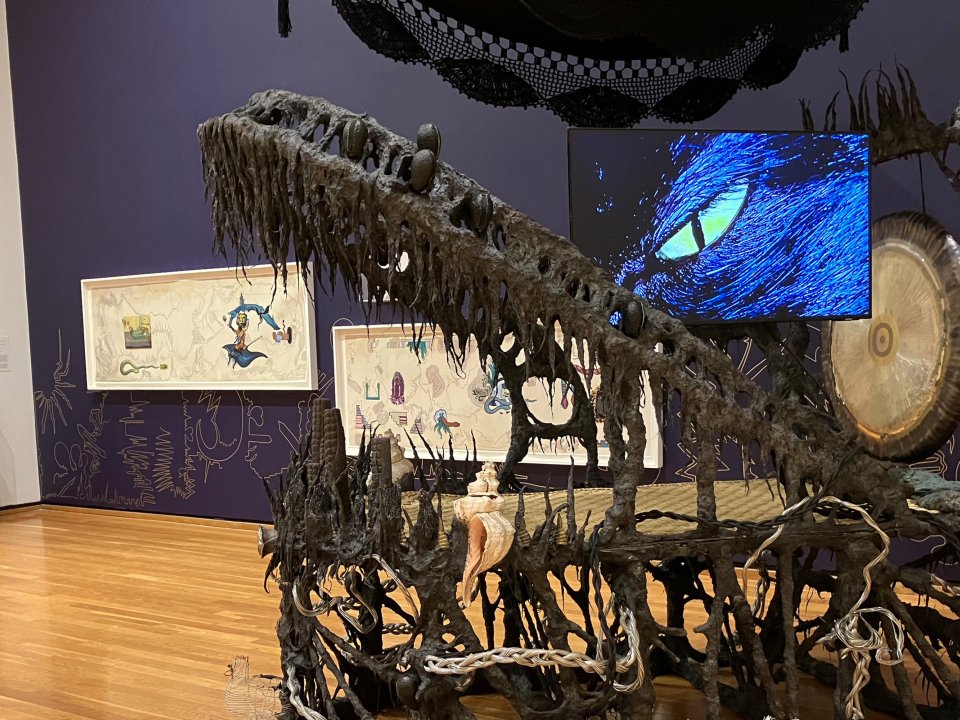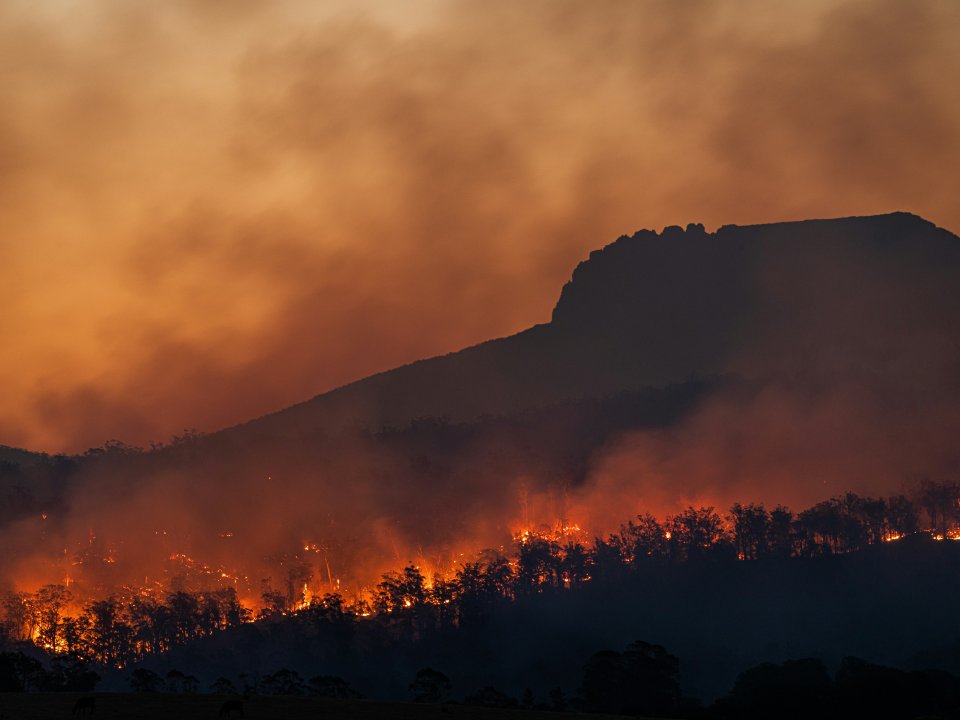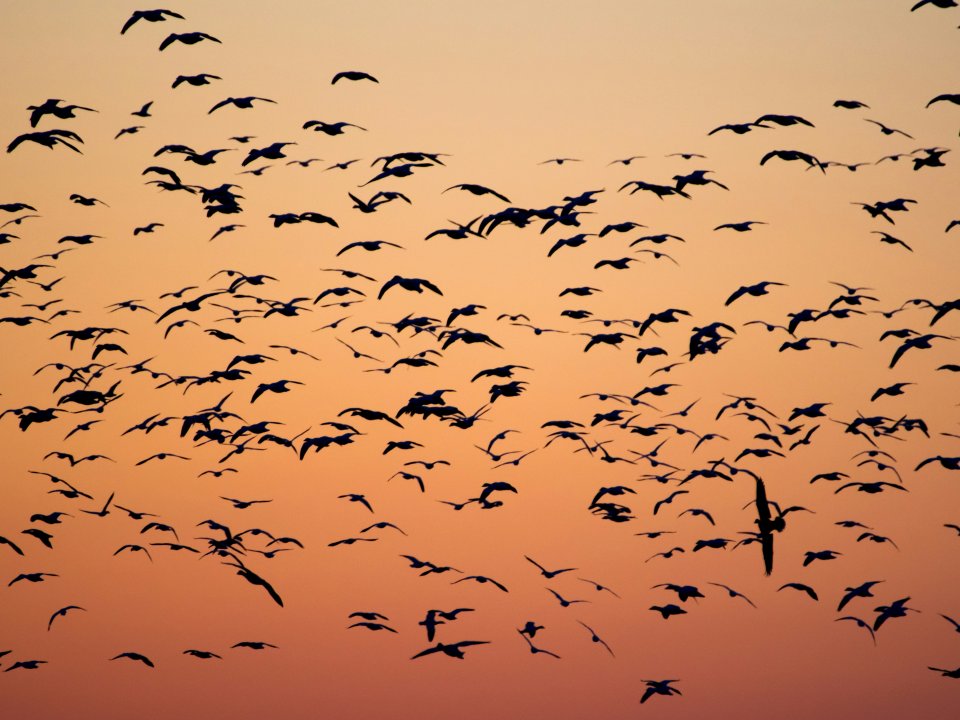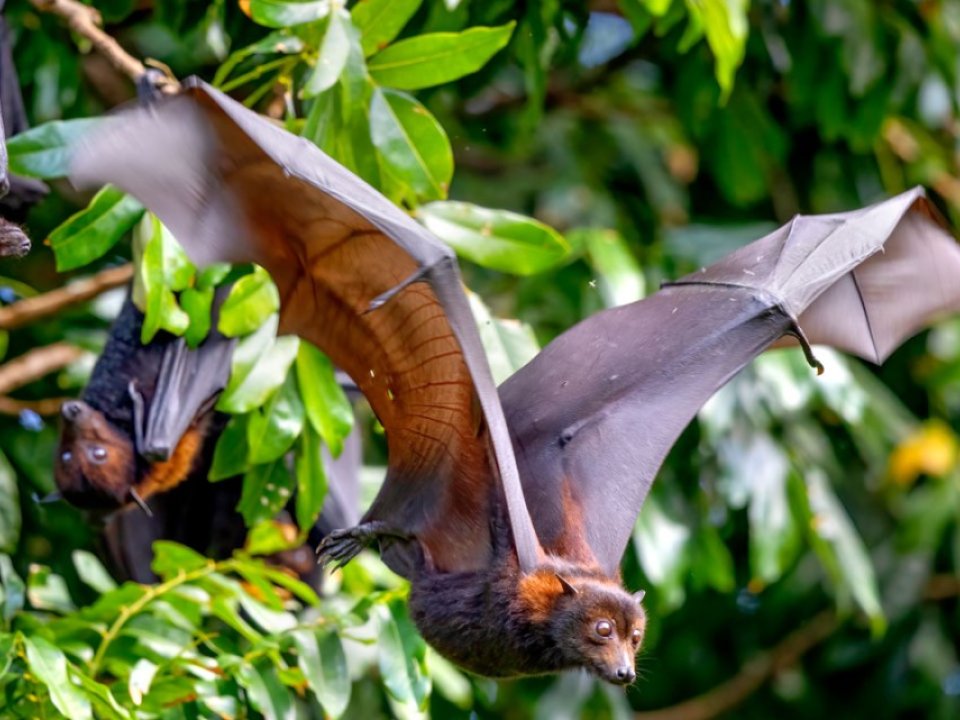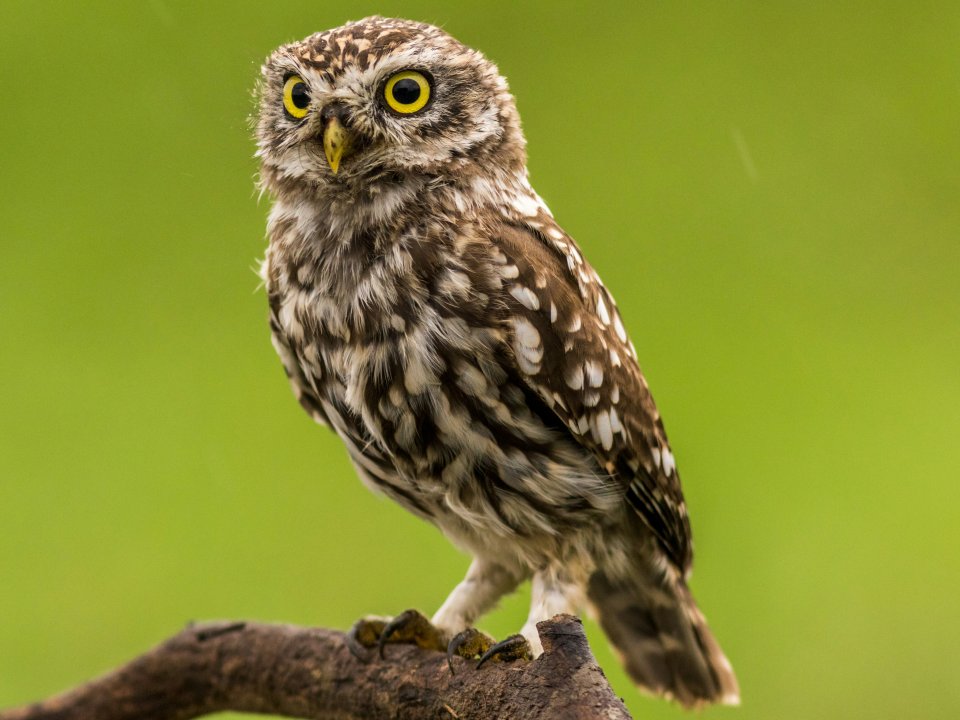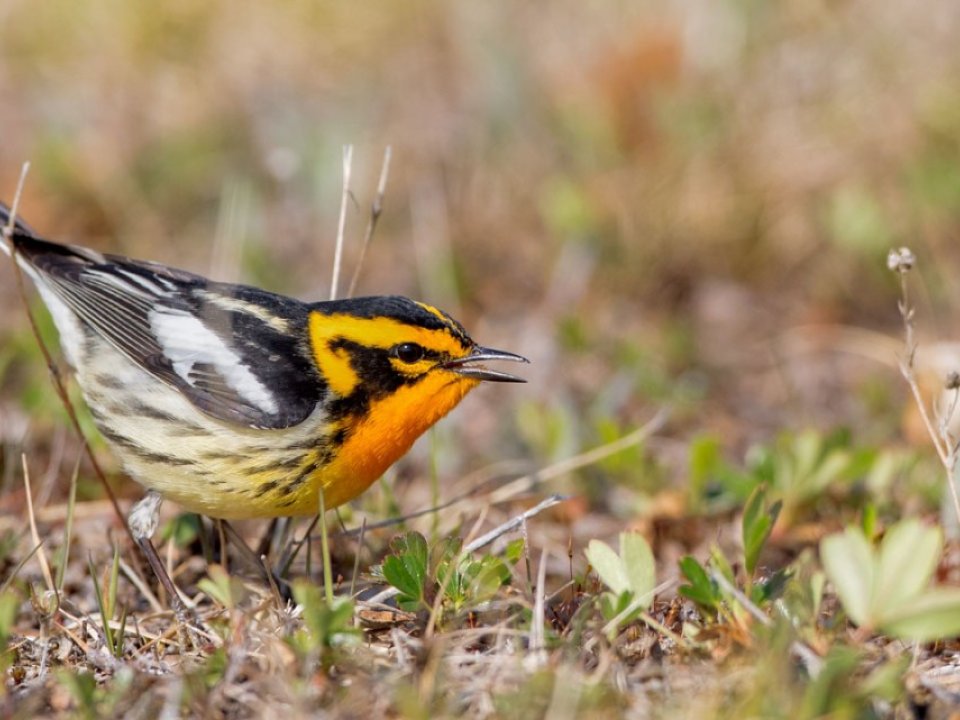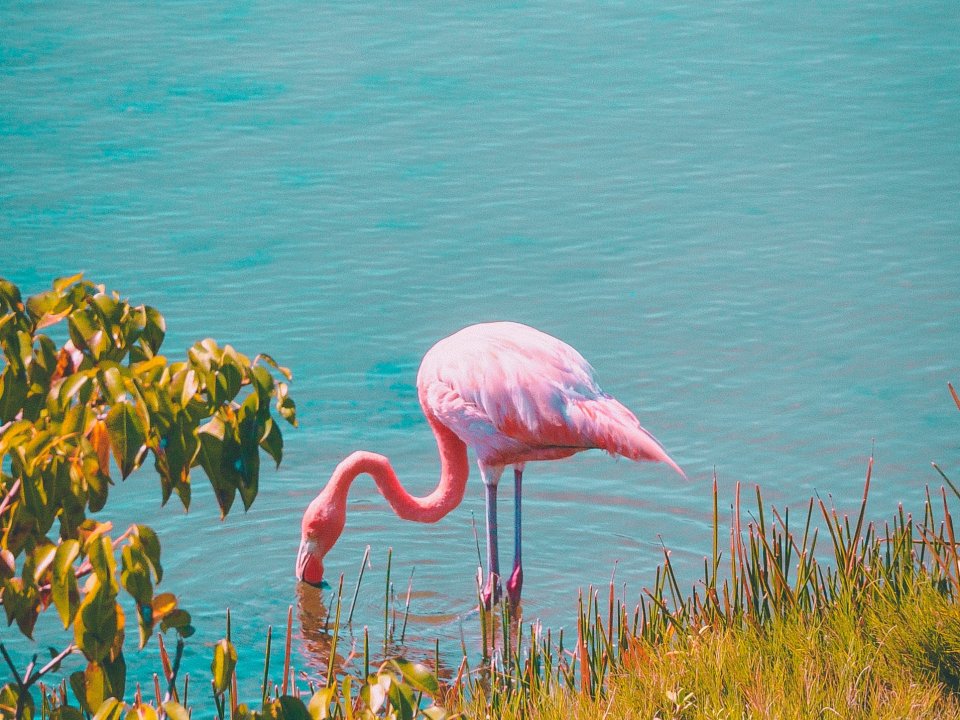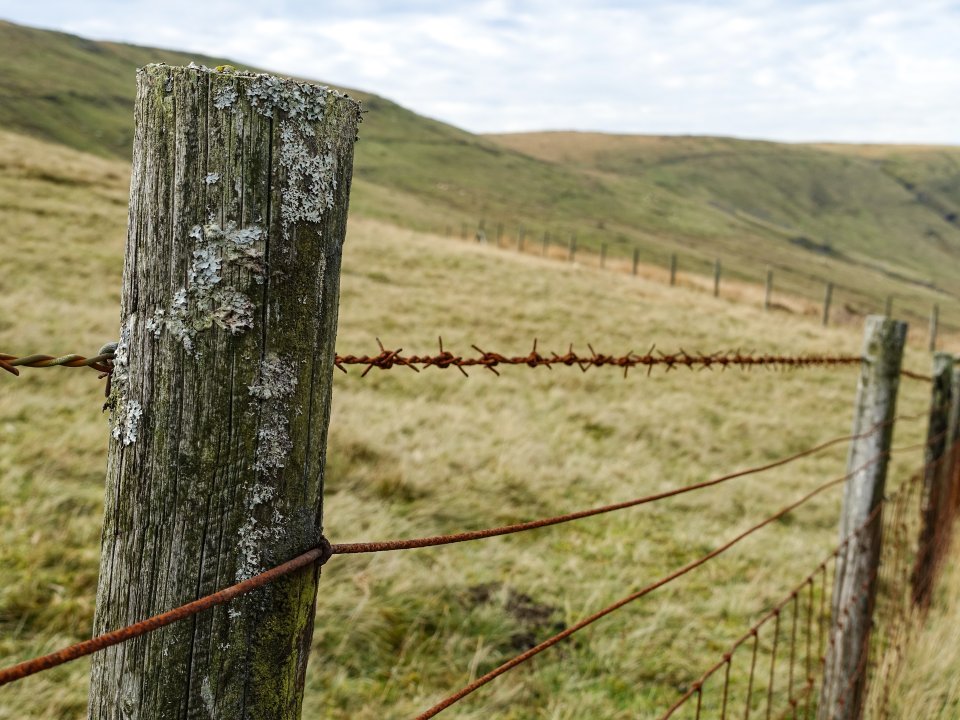News
The work of Migrations visiting artist Guadalupe Maravilla, "Armonía de la Esfera" (Harmony of the Sphere), is showing at the Herbert F. Johnson Museum through June 9.
Learn more about the ways we support artists who examine migration topics in their work.
Journalist Kate Aronoff and security expert Joshua Busby meet for the Lund Critical Debate to discuss equity in our shared climate crisis. Attend in person or by livestream on April 11.
Rachel Bezner Kerr, Institute for African Development director and professor of global development in the College of Agriculture and Life Sciences, will moderate the conversation on how global efforts to respond to climate change can promote greater equity and make life better for the most vulnerable individuals, groups and nations.
On April 8, the shadow of a total solar eclipse will race across North America. At the same time, researchers from the Cornell Lab of Ornithology and partners will be hurrying to measure the impact of daytime darkness on the movements of birds, bats and insects – flying creatures that are very attuned to changes in light levels.
While world public health agencies are focused on how to react to the next pandemic once it has started, a new plan proposes using ecological perspectives to prevent disease outbreaks before they happen, according to a paper published March 26 in Nature Communications.
"Whether it’s a murmuration of starlings, herds of wildebeest crossing the plains of Africa, or shoals of salmon leaping up a cascading river, the mass migrations of animals, birds and fish are some of the most spectacular events in the natural world. But human activity and other pressures are pushing many of these creatures towards oblivion."
“Conservation of migratory species is extremely difficult because they cross nations, continents, even hemispheres. That requires a lot of coordination among different countries, and thinking across geopolitical boundaries,” says Amanda Rodewald, director of the Center for Avian Population Studies at the Lab of Ornithology.
More than 80% of global land area needed to maintain human well-being and meet biodiversity targets is unprotected, according to a new study led by the Cornell Lab of Ornithology.
Andrew Farnsworth, a senior research associate at the Cornell Lab of Ornithology, helped to explain the hurricane-flamingo connection. As a five-year-old, the article explains, he became fascinated by the movements of birds; “when he started work as a researcher, he discovered historical records of epic avian journeys.”
Cornell has a $9.9 million grant from the Bezos Earth Fund for the development of low-cost virtual fencing last April. Virtual fencing is a potential solution to the traditional barbed wire fences used in the American west.

